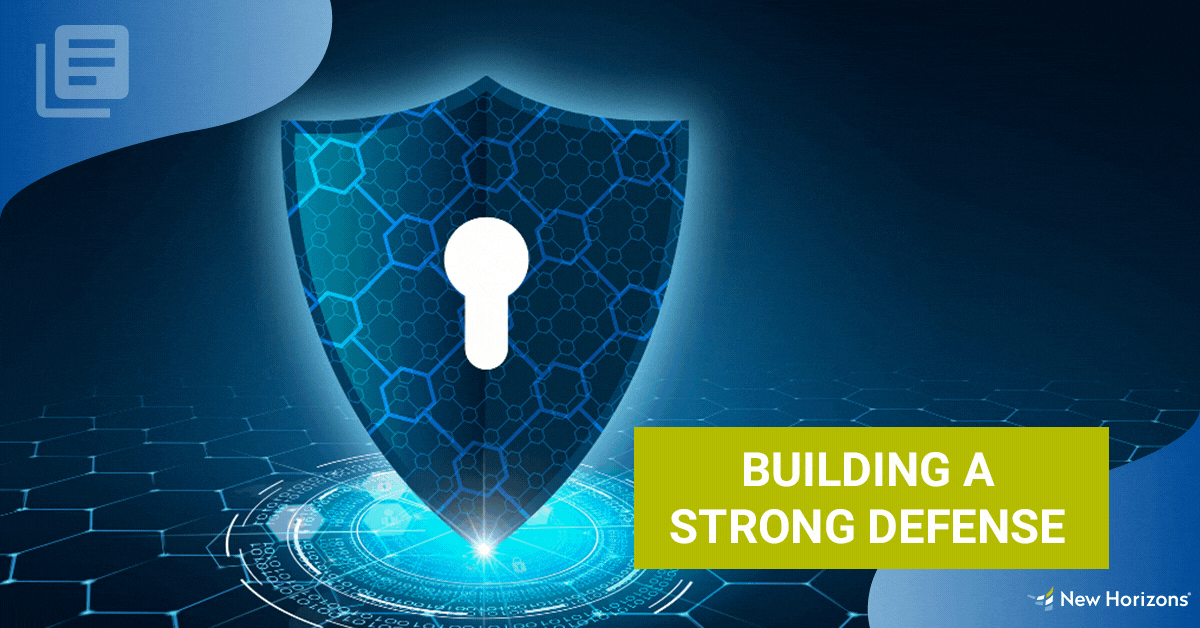What is the cybersecurity skills gap and what can your company do about it? Certain ramifications of the COVID-19 pandemic will be seared in our minds forever—supply chain disruptions, workforce shortages, and a major shift to virtual work and education. One major effect of the pandemic, though lesser known, is being felt by I.T. departments in thousands of businesses across the globe.
The threat of increasingly sophisticated cybercriminals is more imminent now than ever as the body of smart devices in the Internet of Things grows and as government agencies, healthcare giants, and academic institutions move to digital, work-from-home infrastructure, increasing their vulnerability to cyberattacks that could leave the private information of their employees, clients, and stakeholders exposed.
To add to the concern, there's a major skills gap in cybersecurity and it's only expected to grow. Experts predict 3.5 million job openings in cybersecurity by 2025. This cybersecurity skills gap is what prompted Microsoft to launch an international skilling campaign to help the world's businesses fight off ever-advanced cyberattacks. With increasing technical demands and a shortage of qualified workers, it's clear that the one thing organizations should do to stay ahead of cybersecurity threats is invest in high-quality training and certification programs.





